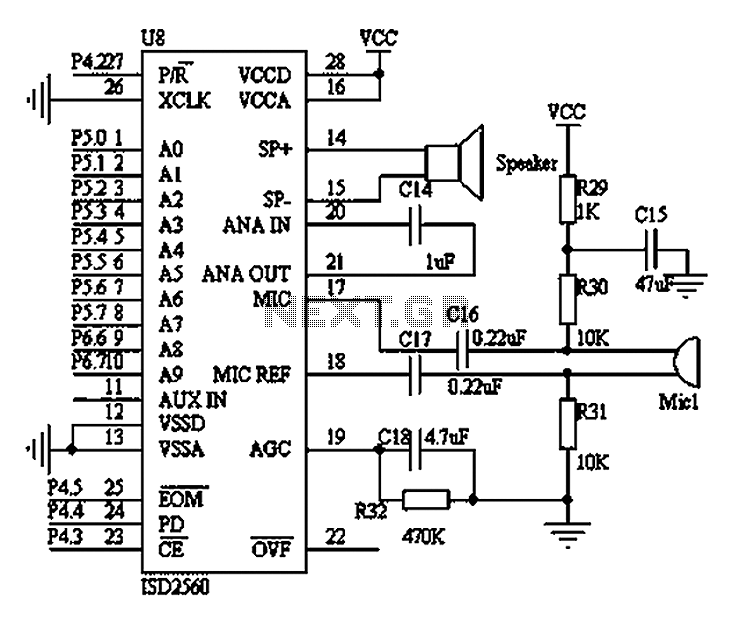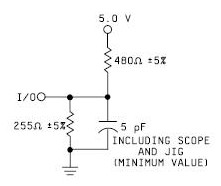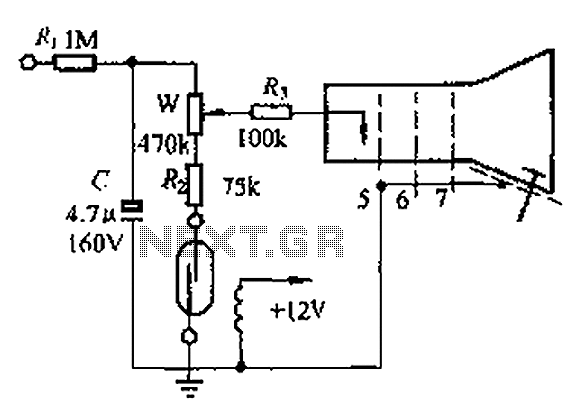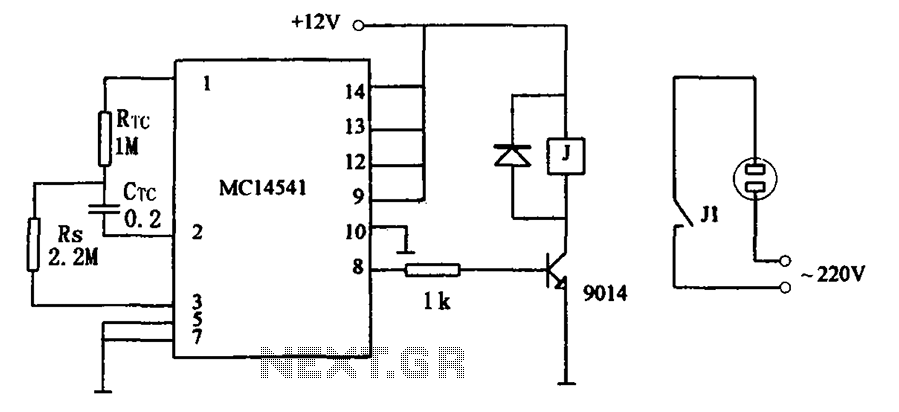
5V Switching Regulator Very Simple Circuit
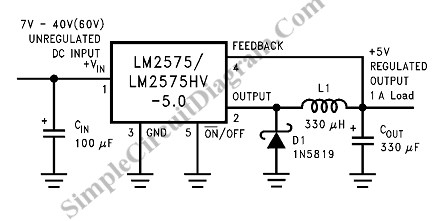
Switching Regulator for High Power Efficiency. When it is necessary to convert a high voltage to a significantly lower voltage, a switching regulator is the optimal choice.
A switching regulator is an essential component in modern power management systems, particularly when high efficiency is required during voltage conversion. These devices utilize an inductor, capacitor, and a switch (typically a transistor) to control the output voltage while minimizing power loss. The operation of a switching regulator can be categorized into two primary types: buck converters and boost converters. Buck converters step down voltage, while boost converters increase voltage.
In a buck converter, the high input voltage is switched on and off rapidly by the transistor, creating a pulsed voltage that is then smoothed out by the inductor and capacitor. This method allows for efficient energy transfer, as the inductor stores energy during the "on" phase and releases it during the "off" phase, maintaining a stable output voltage. The efficiency of buck converters can exceed 90%, making them suitable for applications such as battery-powered devices, where power conservation is critical.
Conversely, a boost converter operates by increasing the input voltage. It functions similarly to the buck converter but inverts the energy transfer process. The inductor is charged when the switch is closed and then discharges into the output when the switch opens. This allows the output voltage to exceed the input voltage, which is particularly useful in applications requiring higher voltage levels from a lower voltage source.
Both types of switching regulators can incorporate various control methods, such as voltage mode control and current mode control, to improve performance under different load conditions. Additionally, features such as soft start, over-voltage protection, and thermal shutdown can be integrated to enhance reliability and safety.
Overall, switching regulators are crucial for applications requiring efficient power conversion, particularly in scenarios where minimizing energy loss is of paramount importance. Their versatility and high efficiency make them a preferred choice in a wide range of electronic devices, from consumer electronics to industrial power supplies.Switching Regulator for High Power Efficiency When you should regulate a high voltage to a much lower voltage, switching regulator must be the only choice.. 🔗 External reference
A switching regulator is an essential component in modern power management systems, particularly when high efficiency is required during voltage conversion. These devices utilize an inductor, capacitor, and a switch (typically a transistor) to control the output voltage while minimizing power loss. The operation of a switching regulator can be categorized into two primary types: buck converters and boost converters. Buck converters step down voltage, while boost converters increase voltage.
In a buck converter, the high input voltage is switched on and off rapidly by the transistor, creating a pulsed voltage that is then smoothed out by the inductor and capacitor. This method allows for efficient energy transfer, as the inductor stores energy during the "on" phase and releases it during the "off" phase, maintaining a stable output voltage. The efficiency of buck converters can exceed 90%, making them suitable for applications such as battery-powered devices, where power conservation is critical.
Conversely, a boost converter operates by increasing the input voltage. It functions similarly to the buck converter but inverts the energy transfer process. The inductor is charged when the switch is closed and then discharges into the output when the switch opens. This allows the output voltage to exceed the input voltage, which is particularly useful in applications requiring higher voltage levels from a lower voltage source.
Both types of switching regulators can incorporate various control methods, such as voltage mode control and current mode control, to improve performance under different load conditions. Additionally, features such as soft start, over-voltage protection, and thermal shutdown can be integrated to enhance reliability and safety.
Overall, switching regulators are crucial for applications requiring efficient power conversion, particularly in scenarios where minimizing energy loss is of paramount importance. Their versatility and high efficiency make them a preferred choice in a wide range of electronic devices, from consumer electronics to industrial power supplies.Switching Regulator for High Power Efficiency When you should regulate a high voltage to a much lower voltage, switching regulator must be the only choice.. 🔗 External reference
